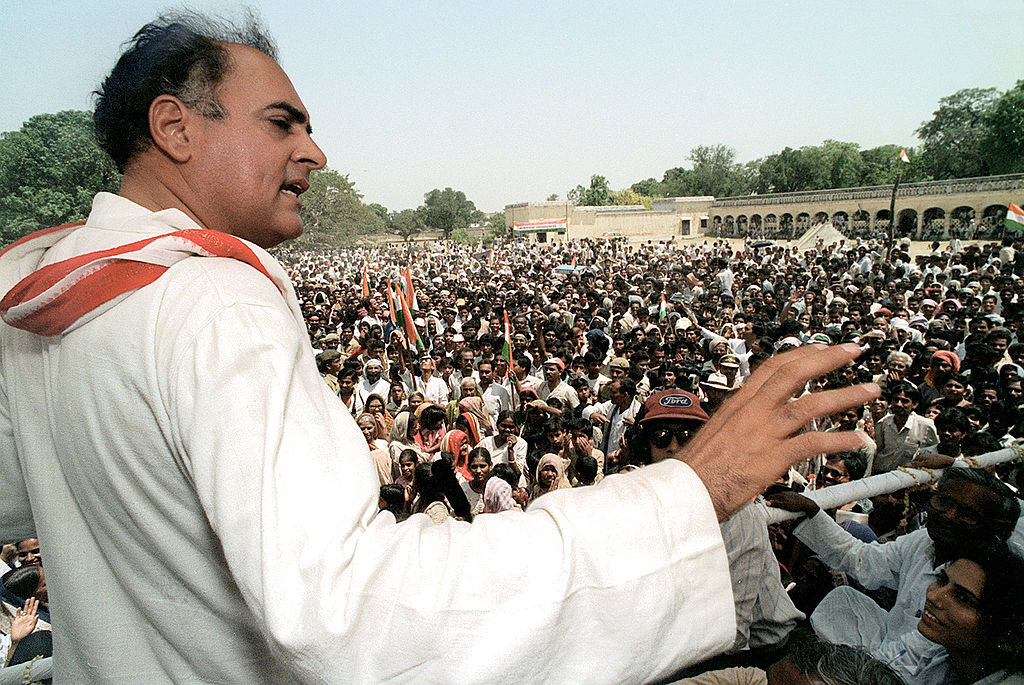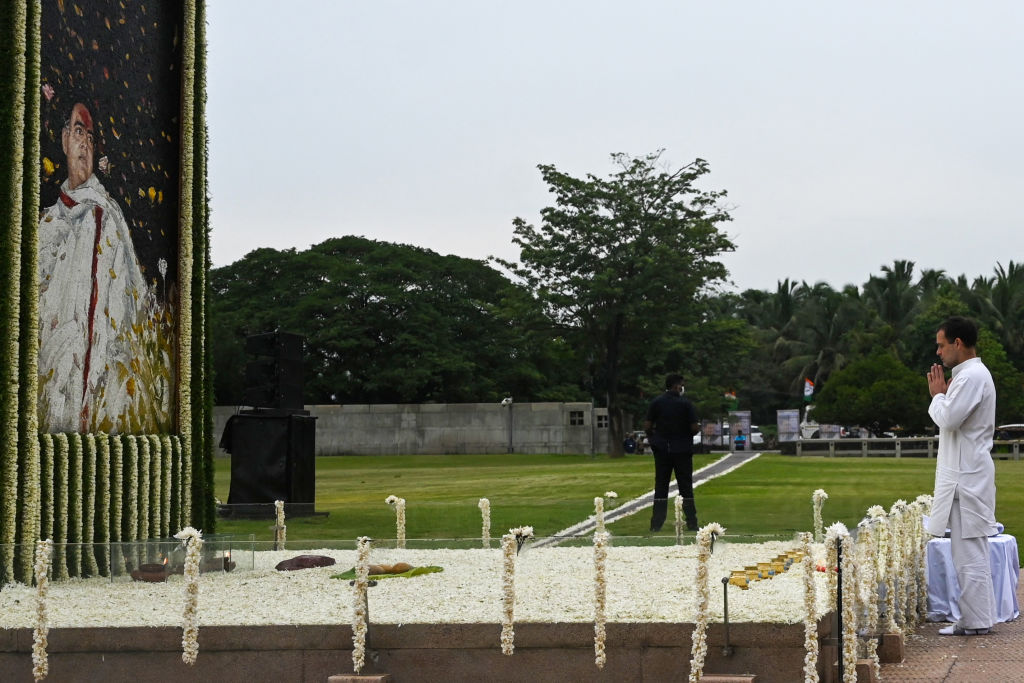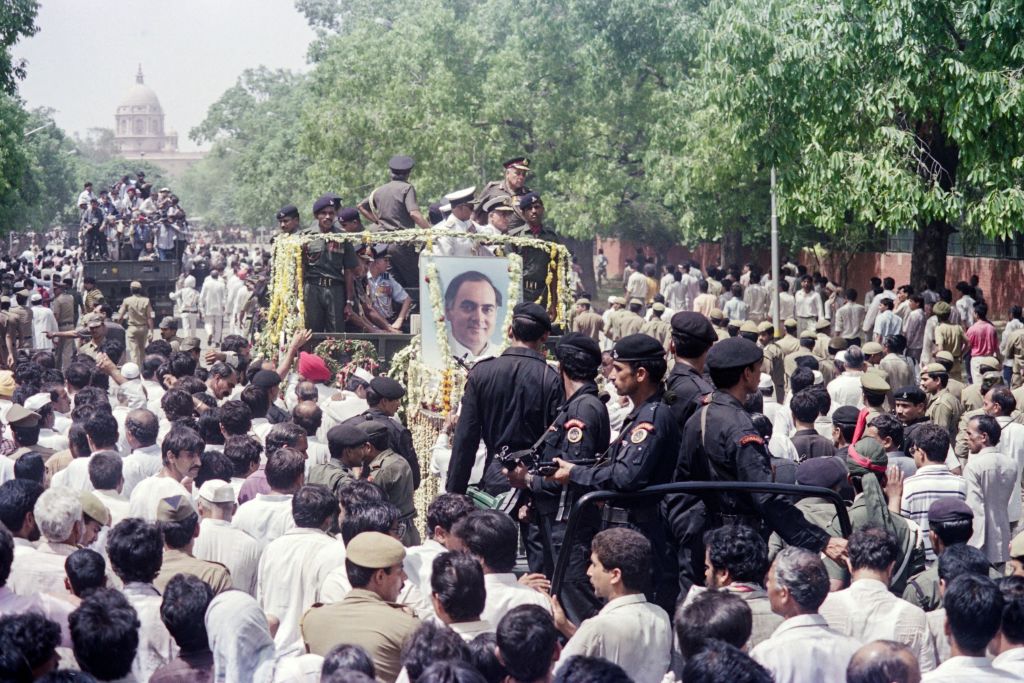- Saturday, July 27, 2024
The 46-year-old leader was eyeing a political comeback in that election but a suicide bomber in a rally in Tamil Nadu state shattered the dreams of both Gandhi and his party, the Congress.

By: Shubham Ghosh
INDIA will soon enter a marathon general election that will take place in seven phases over a month and half. Prime minister Narendra Modi and the National Democratic Alliance led by his Bharatiya Janata Party (BJP) are looking to secure their third consecutive term in this election while the opposition Indian National Developmental Inclusive Alliance (INDIA) is aiming to jeopardise the ruling coalition’s plan.
Irrespective of whoever wins this election, there is no denying the fact that general elections in the world’s largest democracy (970 million people are eligible to vote in this election) have always been phenomenal. But perhaps no election had been as tense and tragic as the one which took place in 1991 since a former Indian prime minister, who was eyeing a comeback, was brutally killed in the middle of the polls.
Rajiv Gandhi, grandson of India’s first prime minister Jawaharlal Nehru and the son of the country’s only woman prime minister till date, Indira Gandhi, was assassinated by a suicide bomber during a late night election rally in the southern state of Tamil Nadu on May 21 that year, throwing the country into more turmoil amidst an election that was already volatile over religious, ethnic and caste conflicts.
Read: US magazine, which interviewed Modi, says India’s rise ‘unstoppable’

The Congress leader, who had entered politics only after the accidental death of his more politically active younger brother Sanjay Gandhi in a plane crash in 1980 and became the prime minister at only 40 following the assassination of his mother in October 1984, was young and seen by many as a symbol of national unity in a fractious nation. Hailing from the Nehru-Gandhi family which has had a significant position in Indian politics since independence, Rajiv Gandhi had come to power with a massive mandate in 1984 but charges of corruption against his government during the term saw him getting voted out in 1989.
Read: India elections: Kerala gears up for Shashi-Rajeev battle
Between Gandhi’s poll defeat and assassination, India had seen unstable politics with two successive governments lasting for less than a year each, necessitating the election of 1991. The Congress, which withdrew support to the government of prime minister Chandra Sekhar, was hoping for a return to power, just like it had done in 1980 after a coalition that had defeated Indira Gandhi in 1977 failed to last the full term.
But destiny had a different script as a powerful bomb detonated at the rally in Sriperumbudur in Tamil Nadu, located about 30 miles from the state capital Chennai (then Madras), shortly after 10 pm local time.

A former militant outfit in India’s neighbour Sri Lanka, which worked towards an independent state for the Tamil minorities in the island-nation, is held responsible for Gandhi’s death and it is speculated that his decision to send the Indian Peace Keeping Force in Sri Lanka in 1987 when he was the prime minister had led to his assassination. He had also been cautioned by the intelligence a number of times about his safety but he ignored.
In 2006, a senior leader of the now defeated Liberation Tigers of Tamil Eelam had apologised to India for the assassination, calling it a “monumental historic tragedy” for which they “deeply regret”.
On the night of the tragedy, Gandhi was meeting people and waving hands at them when a young woman, the human bomber, detonated the bomb while pretending to take the leader’s blessings. The explosion threw him and others to the ground, leaving him almost unidentifiable.
The local leaders and people were left traumatized as 15 people, including the former PM and seven policemen, were killed and their bodies strewn around at the site.
The next day, Gandhi’s remains were brought back to New Delhi, in the company of his widow, Sonia Gandhi, on an air force plane and taken to the All-India Institute of Medical Sciences. There, Gandhi’s mother had also been taken after she was fatally shot by her Sikh bodyguards in 1984. Gandhi’s son Rahul Gandhi, who was studying in the US then, had rushed back to the country. Rahul is today one of the major challengers to PM Modi.
Violence took place along the roads of Madras following Gandhi’s killing with people vandalising vehicles and setting them on fire. Campaign posters were also ripped. A ‘red alert’ was declared across the nation and all government offices, schools and colleges were closed amid widespread fears that the assassination would fuel the wave of violence that was already seen in the past one year, mainly over religious and caste lines. Even before the grotesque assassination, more than 150 people had died in violence connected to the election.
Polarisation over Hindu majority votes had started around then and the BJP had seen a huge rise in the 1991 election, winning 120 seats from just two in 1984.
In New Delhi, hundreds of angry Congress supporters blamed the USA’s Central Intelligence Agency, accusing the American intelligence agency of engineering their leader’s assassination. Some even attacked the home of a neighbour and political rival of the assassinated leader.
The incident happened a day after the first phase of the election had taken place. Gandhi had a hectic campaign schedule on the day of his death and was scheduled to address the voters in Tamil Nadu who were to cast ballots the next Sunday. The assassination put the entire electoral process in jeopardy and the remaining phases were postponed till the middle of June. In Tamil Nadu, the Congress won 28 out of 39 constituencies in that election.
The Congress had not done well in the first phase. But after Gandhi’s death, a massive sympathy wave favoured the party in the remaining phases and the Grand Old Party succeeded in returning to power, albeit with less than the required number to form a government. The minority government was led by PV Narasimha Rao, who returned from political wilderness to lead the country over the next five years and India in this time saw some game-changing policies being undertaken, including the economic liberalisation.
The death of Gandhi marked the likely end of the political dynasty that has dominated Indian politics over the decades. The Gandhis went into oblivion for years till his widow Sonia Gandhi came back to pick up the reins. She became its longest-serving president between 1998 and 2017 and 2019 and 2022. She also came close to becoming the prime minister in 2004 but did not take the opportunity and instead chose Manmohan Singh to lead the top office.